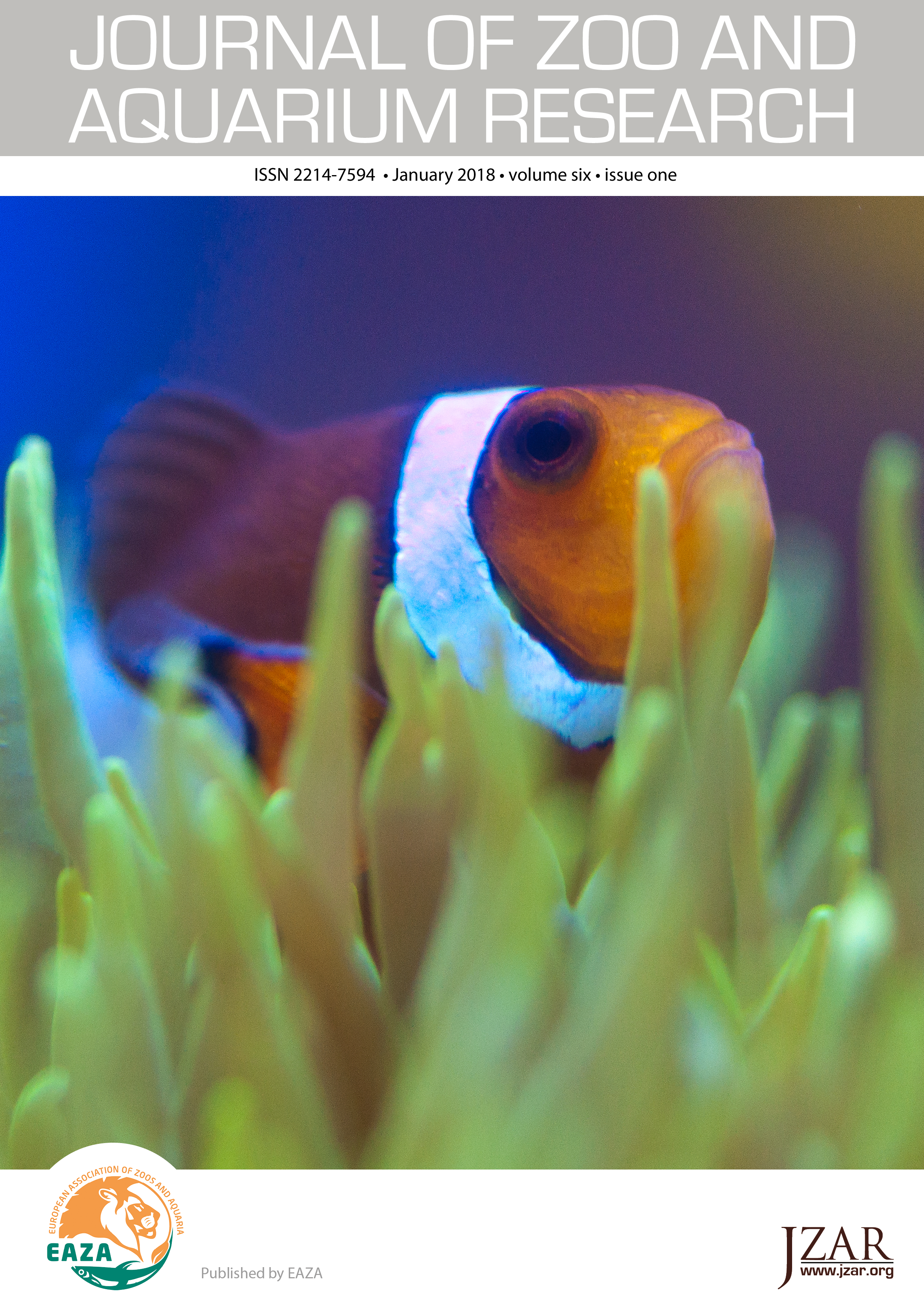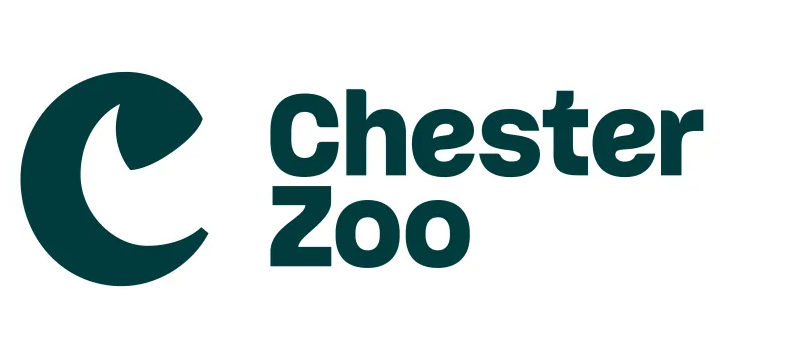Annual fecal glucocorticoid metabolite concentrations in pregnant and pseudopregnant polar bears (Ursus maritimus) in North American zoos
DOI:
https://doi.org/10.19227/jzar.v6i1.259Abstract
Polar bears face a tenuous existence in the wild due to climate change and in North American zoos due to a shrinking population and low reproductive success. A non-invasive diagnostic test that distinguishes pregnant from pseudopregnant bears is necessary to pinpoint when reproductive failure is occurring. However, fecal hormone metabolite patterns commonly used to determine pregnancy in other species are not diagnostic in this species. The goals of this study were to determine: 1) if fecal glucocorticoid metabolite (FGM) concentrations could be used to differentiate pregnant from pseudopregnant bears, 2) baseline “normal” FGM concentrations excreted throughout the year, and 3) seasonal impacts on FGM concentrations. Fecal samples collected from pregnant (n = 3) and pseudopregnant (n = 3) polar bears for approximately 12 consecutive months were analyzed using an established cortisol EIA. Although mean FGM concentrations appeared slightly higher in pseudopregnant bears during the winter, spring, and summer seasons, statistical analyses using a Friedman’s test indicated there were no differences overall (p = 0.10). Furthermore, there were no consistent changes in profile patterns exhibited by all individuals in each group. Additionally, there were no differences in FGM concentrations among seasons (p = 0.896). Baseline FGM concentrations for pregnant and pseudopregnant bears ranged from 11.0 - 28.5 ng/g and from 36.8 - 42.2 ng/g, respectively. However, the individual profiles were dynamic, with spikes in FGM ranging from 161.4 to 416.8 ng/g. Study results indicate that FGM concentrations will not facilitate pregnancy diagnosis in polar bears.
Downloads
Published
How to Cite
Issue
Section
License
JZAR fulfils the DOAJ definition of open access and provides free and open access to the full text of all content without delay under a Creative Commons licence. The copyright holder of JZAR publications grants usage rights to third parties, allowing for immediate free access to the work and permitting any user to read, download, copy, distribute, print, search, or link to the full texts of articles.







